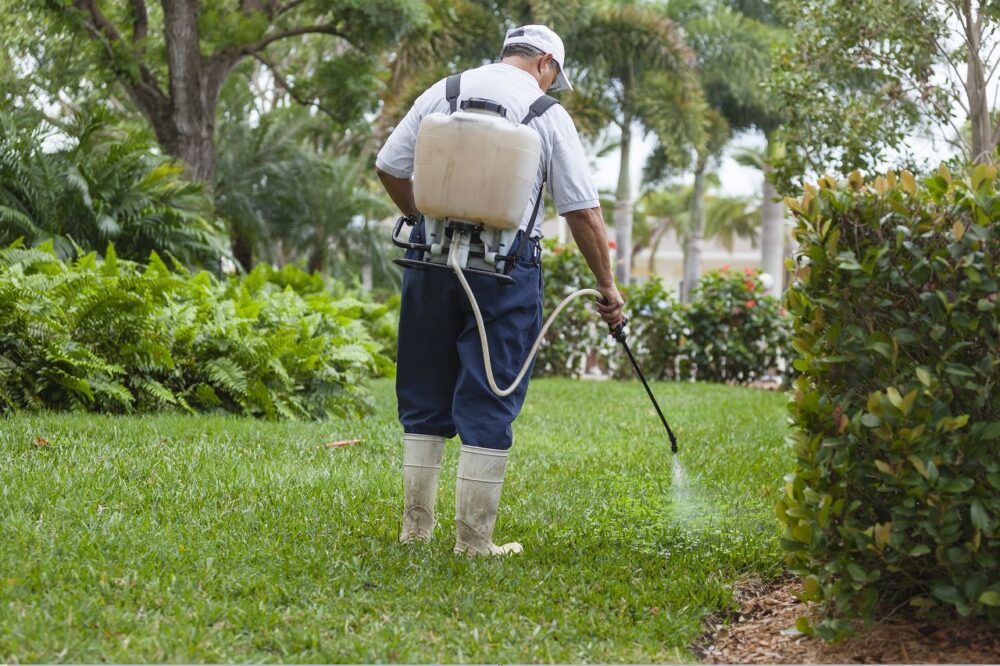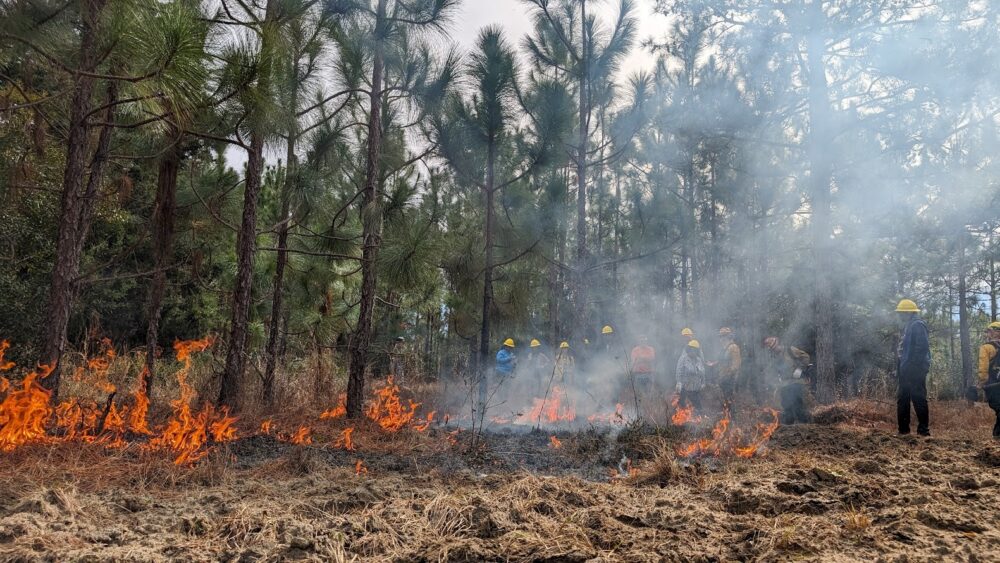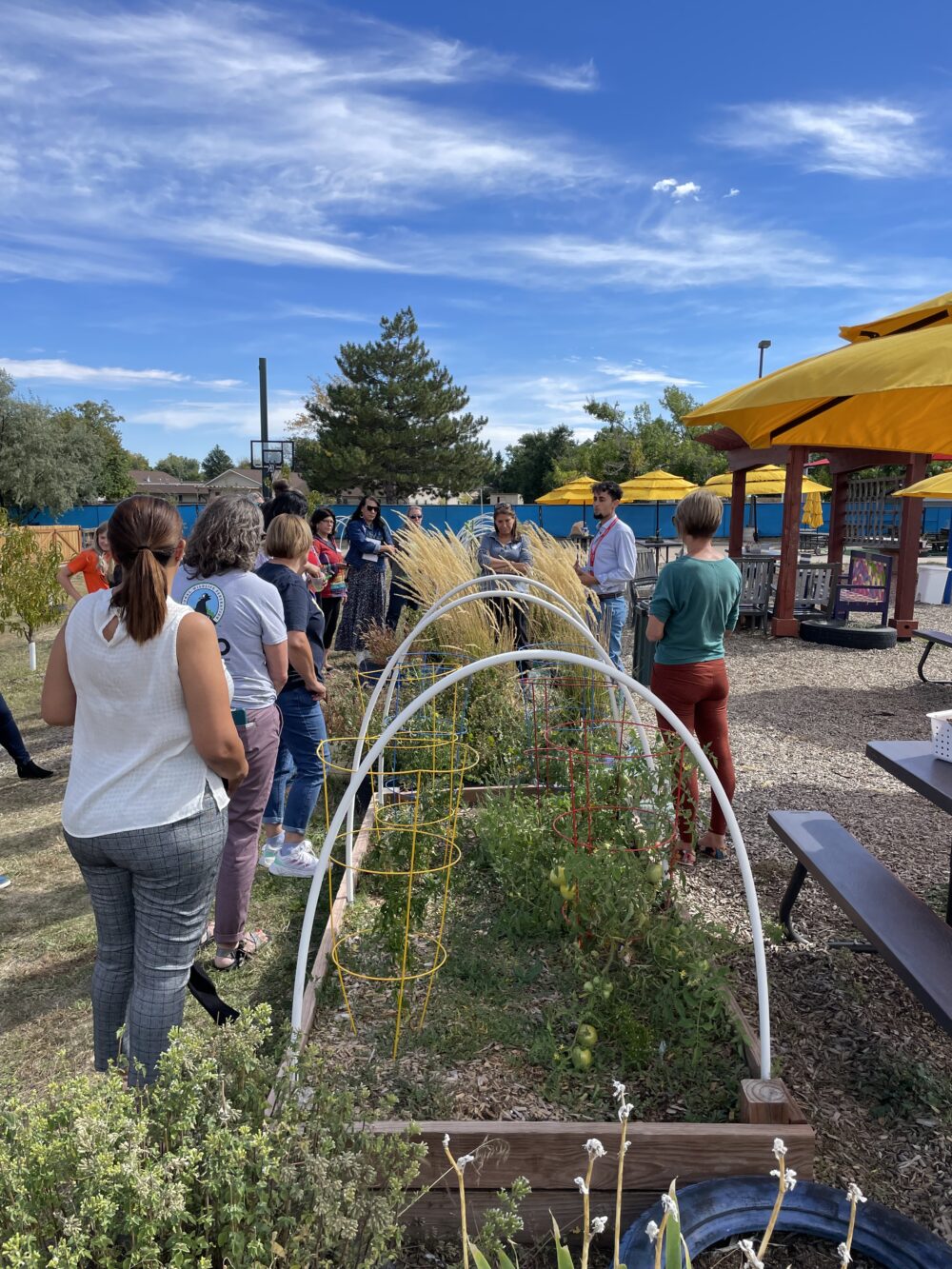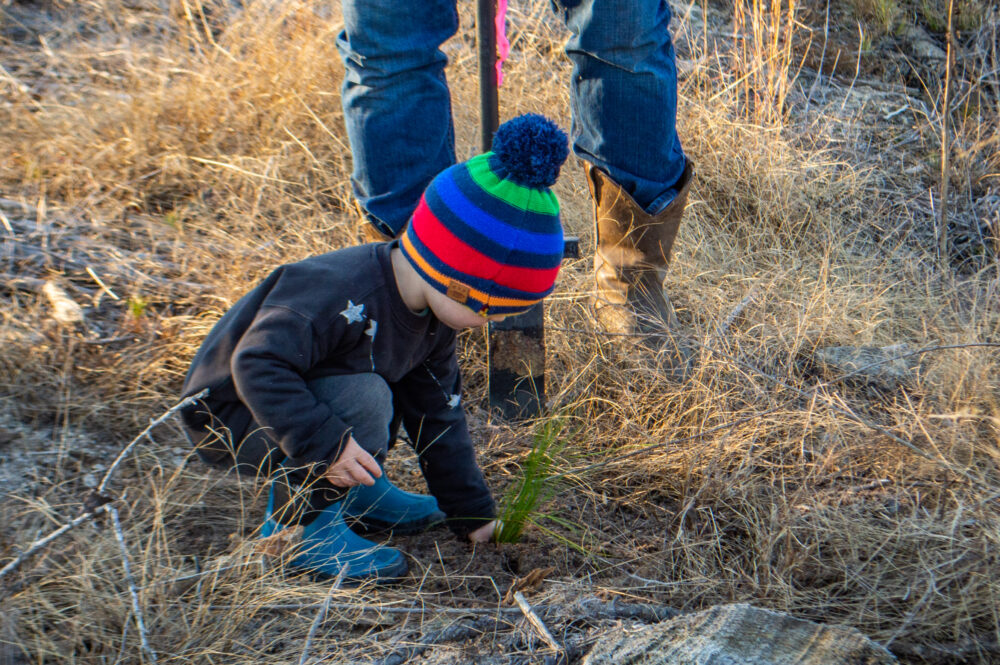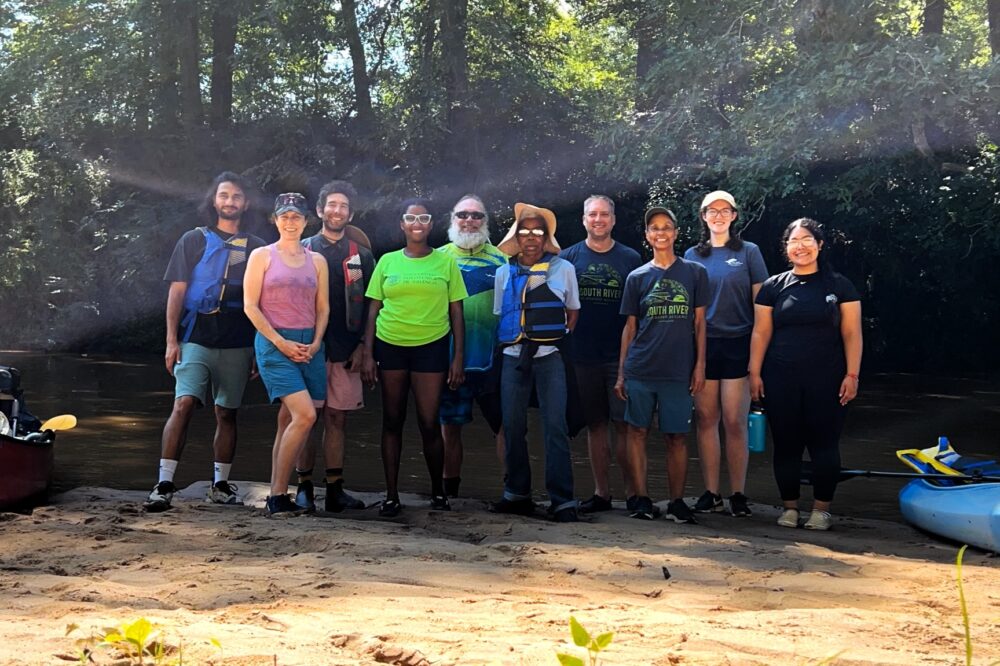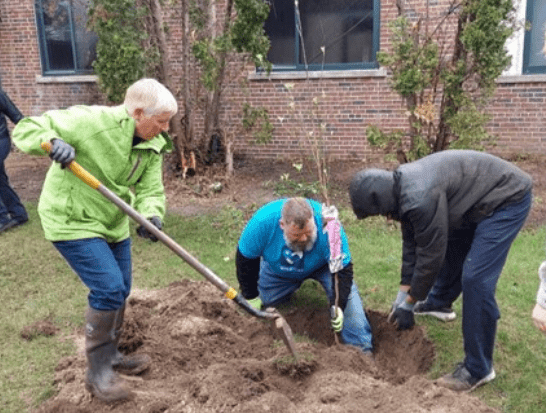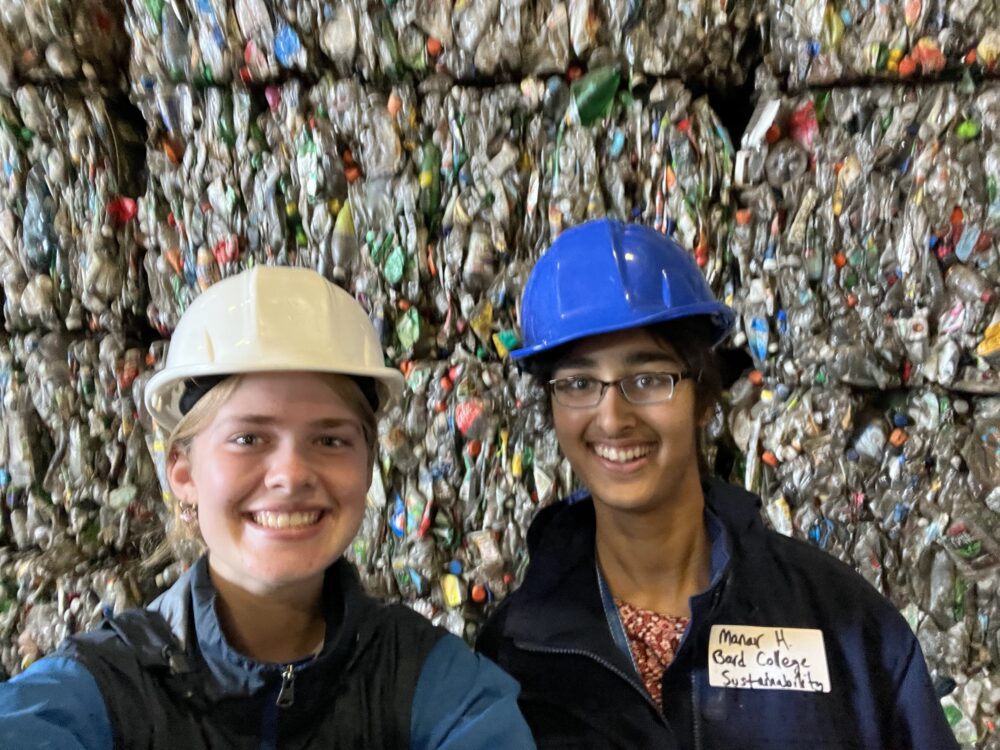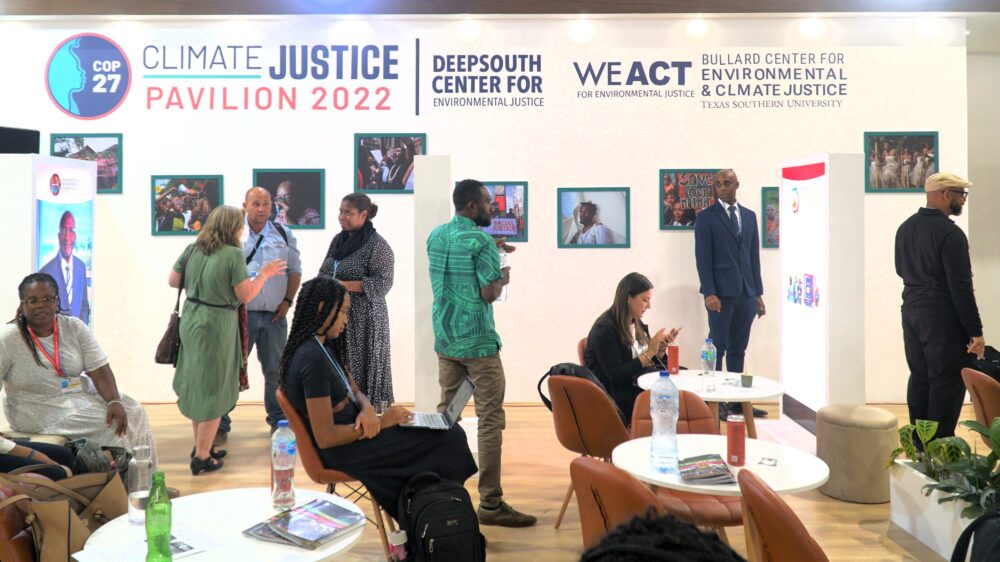We have much more to do and your continued support is needed now more than ever.
Taking the Pulse of Climate Disruptions
NWF
October 27, 2009

Recognizing that the health consequences of rising temperatures have already arrived–and will continue to worsen even with the most aggressive strategies for reducing greenhouse gas (GHG) emissions–students are exploring how best to mitigate the coming climate costs for vulnerable human populations.
In a unique interdisciplinary course, Georgetown Law’s Global Environment, Health and the Law seminar taught by Professor Lindsay Wiley, students are examining the law requirements in climate-related health issues. Wiley says, “I cover climate change mitigation and adaptation strategies with an emphasis on integrating approaches from health and environmental law and policy.”
Offered for the first time in 2008, the course covers domestic and international health law, environmental law, international trade law, human rights law, domestic water, and agriculture law. “We were fortunate to have several experienced health, human rights, and environmental lawyers and advocates enrolled in the class, including some from developing countries. It made for very interesting discussion,” says Wiley.
From the start, students are encouraged to draw practical lessons from coursework. In particular, they are given the task of completing two projects in which they are to take on representation of a constituency and play the role of legal advisor.
Student Russell Husen studied the effects climate change would have on local water supplies in Bangladesh. “Bangladesh’s water worries loom ever larger with the exacerbated conditions expected as a result of the continued onset of global warming and climate change, topping the 2009 Global Climate Risk Index as the nation most vulnerable to climate change,” he says. In the coming years, Bangladesh will have to cope with “personal choices about which sources of water to draw upon and how to plan for increasingly severe floods and droughts.”
The availability and quality of water supplies is undoubtedly one of the most important issues that ties human health to climate change. According to the Intergovernmental Panel on Climate Change’s report, Climate Change and Water, between floods, droughts, extreme weather events, and changes in oceanic temperature, the potential for water quality issues to exacerbate human health problems is high.
These changing water conditions will inevitably lead to mass population migrations, which in turn will create both emergent and long-term health challenges. Louise Cohen Micallef, another seminar participant, examined the challenges faced by coastal communities such as New Orleans in the face of natural disasters like tropical storms. Looking at the needs of the chronically ill, she recommends a “three-part revamping of the current emergency response system so that, in the event of an extreme weather event, my clients … aren’t subjected to the neglect and inappropriate care given the chronically ill and poor during Hurricane Katrina.”
Beyond looming water crises is yet another setback: the spread of virulent disease. Kym Hunter’s project focused on health issues in the Caribbean: “I started by looking at the myriad of ways a changing climate is likely to lead to an increase in dengue, and then turned to various adaptation strategies, including increased education, the enforcement of existing laws centered around mosquito eradication, and a large scale dengue early warning system currently in development.”
The problem of vector-borne diseases is also discussed by students taking the Environmental Health course in the College of Health Science at UTEP. These students will enter a wide range of careers: nursing, kinesiology, pharmacy, social work, as well as education, engineering, or environmental sciences programs.
“What we cover are things like West Nile virus-something that is increasingly common due to climatic changes and is more prevalent in our area,” says Dr. Gabriel Ibarra-Mejia, course instructor. “Students acquire background knowledge, search for and gather data and information, look for the impact of that specific issue on the health of El Pasoan’s, and suggest ways to control it.”
But even health issues as basic as diet and nutrition will be impacted by global climate change, and the folks at UNH are trying to make the connection through their new dual major in EcoGastronomy launched in September 2008. The program trains graduates to work in such diverse fields as food service, farm or greenhouse management, wholesale or retail food marketing, food policy, health assessment, and more.
“We look at the hidden costs of food,” comments Dan Winans, faculty coordinator for the program [students view Sierra Club’s The True Cost of Food video in one of the classes].

“We’re just beginning to learn some of the differences between organic and “conventional” foods,” says Dr. Joanne Curran-Celentano, who teaches Nutritional Sciences. “I’m also interested in differences between local versus organic in terms of nutrition, as well as … the potential impact on the local economy and the true cost of food.”
Getting a pulse on all of the potential human health risks associated with climate change will require an increasing number of experts in a wide range of fields. As Dr. Ibarra-Mejia put it, “Environmental health must be approached from different views,” requiring an army of doctors, nurses, dieticians, lawyers, chefs, policy workers, and more to clean up the mess.



